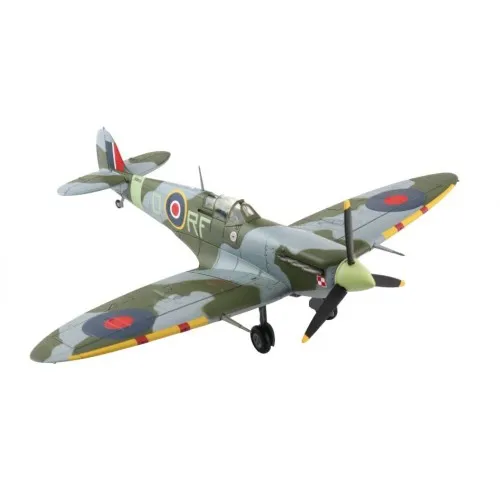What are Diecast Missiles?
Diecast missiles are miniature replicas of real-life military missiles, typically made from metal alloys like zinc or tin. These models are created using a die-casting process, where molten metal is injected into molds to form the intricate details and shapes. The resulting replicas are often highly detailed, featuring accurate paint schemes, markings, and sometimes even movable parts. They are popular among collectors and hobbyists who appreciate the craftsmanship, historical significance, and the ability to own a small piece of military history. The level of detail can vary, from basic models to highly accurate replicas, making them appealing to a broad range of enthusiasts. Diecast missiles often represent various missile types from different eras and nations, adding to their collectible value and appeal.
The Appeal of Diecast Missiles
The appeal of diecast missiles stems from a combination of factors. For many collectors, these models provide a tangible connection to military history and technology. They allow enthusiasts to appreciate the design, engineering, and historical context of these weapons systems. Diecast missiles also offer a unique way to explore a niche area of collecting, often appealing to those with an interest in military history, aviation, or modeling. The variety of models available, representing different eras and nations, adds to the excitement. Furthermore, the hobby can foster a sense of community among collectors, who share their knowledge, experiences, and passion for these detailed replicas. The collecting of diecast missiles provides an opportunity to delve into a specialized area, appreciate craftsmanship, and connect with others who share a similar interest.
Historical Significance
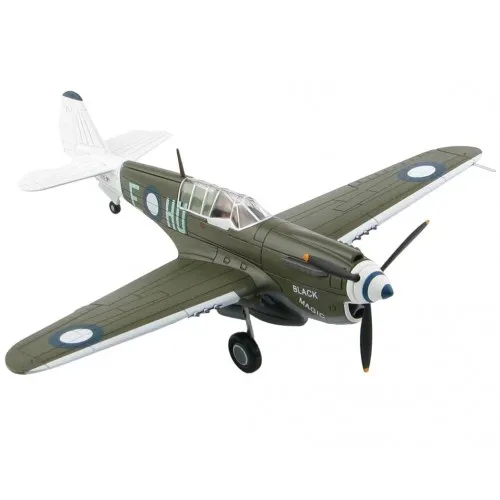
Diecast missile models often represent significant periods in military history, mirroring the evolution of missile technology from early rockets to modern guided weapons. These models serve as a tangible connection to events like the Cold War, the space race, and various regional conflicts. For instance, models of iconic missiles such as the V-2 rocket or the Scud missile hold historical significance, offering a glimpse into the technology and strategies of their time. Collectors can use these models to educate themselves and others about the advancements in warfare, the geopolitical contexts in which these weapons were developed, and the impact they had on global events. The historical significance enhances the collectible value of these models, transforming them into miniature representations of pivotal moments in history and technological innovation. The models are often a way to preserve and remember the engineering feats and the events they were involved in.
Types of Diecast Missiles
The world of diecast missiles offers a diverse array of models, representing various missile types and eras. You can find models of surface-to-air missiles (SAMs), air-to-air missiles (AAMs), and ground-to-ground missiles, each with distinct designs and purposes. Some collectors specialize in specific types, such as ballistic missiles or cruise missiles, while others collect models from particular countries or time periods. The models replicate everything from the early German V-2 rockets of World War II to the latest generation of precision-guided weapons. This variety allows collectors to curate their collections to match their personal interests, whether they are drawn to the Cold War era, modern military technology, or historical significance. Each type provides a unique opportunity to explore the advancements in missile design and technology, making the collection a dynamic representation of military history and engineering.
Scale and Detail
Diecast missiles are available in a variety of scales, with the most popular being 1:72 and 1:48. The scale determines the size of the model relative to the actual missile. These models come with varying levels of detail, ranging from basic replicas with minimal features to highly detailed models with accurate paint schemes, decals, and moving parts. The detail level can include features like detailed panel lines, access panels, and realistic textures. Some models even have removable components, such as warheads or rocket engines, to enhance the realism and appeal to collectors. The detail level often correlates with the price, as more detailed models require more time, effort, and advanced manufacturing techniques. Collectors often prioritize detail, as it adds to the authenticity and visual interest of the models, making them more appealing to display and appreciate. Choosing a scale and detail level depends on personal preference and budget, as well as display space.
Materials Used
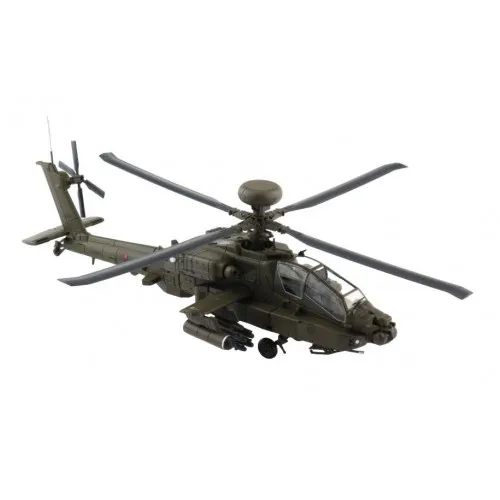
The primary material used in diecast missiles is a metal alloy, typically zinc or a combination of zinc and aluminum. This material is ideal for die-casting due to its ability to capture fine details and its durability. The metal parts are often complemented by plastic components, used for details like fins, nozzles, and stands. The use of metal gives the models a satisfying weight and feel, enhancing their collectible appeal. Plastic components allow for intricate detailing and flexibility in design, which is essential for accurately replicating the complex shapes of missile designs. Some models may also include rubber or other materials for specific parts, such as tires or protective covers. The combination of materials ensures both the authenticity and longevity of the models, allowing collectors to appreciate their craftsmanship and detail for many years to come. The type and quality of the materials contribute to the overall value and realism of each model.
How to Start Your Diecast Missile Collection
Starting a diecast missile collection is an exciting journey that begins with research and planning. Determine your collecting focus by deciding on specific missile types, historical periods, or countries that interest you. Setting a budget is crucial to avoid overspending and ensure you build a sustainable collection. Start by researching the models available, their manufacturers, and their values. This includes understanding scales, details, and the historical significance of each model. Decide on the display space you will use to store and showcase your collection. The essential components for starting a collection are to research the types of missiles you are interested in, set a budget, and find reliable sources for purchasing your models. Start small, focus on quality over quantity, and gradually expand your collection as your knowledge and passion grow. This approach will make the hobby manageable and more enjoyable.
Research and Identify
Research is the cornerstone of successful diecast missile collecting. Start by identifying the types of missiles that spark your interest, whether they are ballistic missiles, air-to-air missiles, or surface-to-air missiles. Then, find information on manufacturers, production runs, and historical significance. This will help you understand the rarity and value of different models. Use online resources, such as collector forums, websites, and books, to learn about specific models, their variants, and their historical contexts. Knowing the history and specifications of each model will enhance your appreciation of the details and the stories behind them. Reading reviews, comparing models, and studying photos will assist in making informed purchasing decisions. Accurate research ensures that you choose models that are not only visually appealing but also have a connection to your area of interest and the broader history of military technology.
Setting a Budget
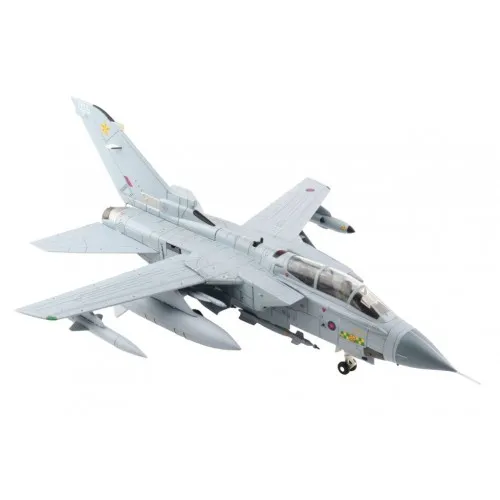
Setting a budget is crucial for managing the cost of your collection. Decide how much you can spend regularly on acquiring new models without overstretching your finances. Consider the prices of various diecast missile models; some are more expensive than others. Research the average prices for the types of models you want to collect to ensure you stay within your budget. Make a list of must-have models and prioritize your purchases accordingly. Consider building your collection gradually to allow for the costs. Staying disciplined with your budget allows you to grow your collection without financial stress, which enhances your enjoyment of the hobby. Regular review and adjustments to your budget may be necessary as your collecting interests evolve or as prices change. Sticking to your budget helps to ensure you build a sustainable and enjoyable collection over time.
Where to Find Diecast Missiles
Diecast missiles can be found through multiple avenues, including online marketplaces, local shops, and auction sites. Each source offers unique benefits and potential challenges. Understanding the pros and cons of each option will help you in your collecting journey.
Online Marketplaces
Online marketplaces are popular destinations for finding diecast missiles, offering a vast selection and convenience. Platforms like eBay and Amazon Marketplace feature a wide range of models from various sellers. These sites provide the ability to compare prices, read reviews, and often include detailed product descriptions and images. Always check the seller’s rating, read feedback, and review the product description carefully. Verify the model’s authenticity, scale, and condition before making a purchase. Be aware of shipping costs and return policies to avoid potential disappointments. The benefit of online marketplaces includes access to a global market, but it also requires careful evaluation to avoid scams and ensure you purchase genuine, high-quality models.
Local Shops and Shows
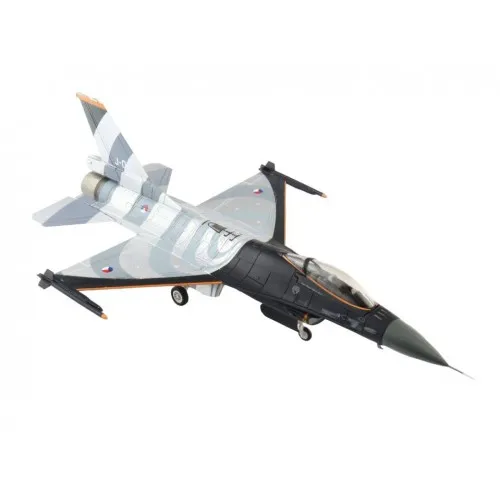
Local shops and trade shows provide opportunities to physically inspect models and interact with other collectors. Hobby shops, antique stores, and specialized military model retailers may stock diecast missiles. Trade shows, such as model shows and military collectibles fairs, offer direct access to numerous vendors. You can view the models in person, ask questions, and often negotiate prices. Engaging with other enthusiasts offers the benefit of expert advice, sharing knowledge, and the chance to find rare models. Visit local shops regularly and attend trade shows to expand your collection and build connections within the collecting community. Local shops can also offer a more personalized experience compared to online marketplaces, making the collecting process more enjoyable.
Auction Sites
Auction sites offer a dynamic way to acquire diecast missiles, particularly for finding rare or vintage models. Platforms like eBay and dedicated auction houses often host auctions, allowing you to bid against other collectors. The competition can lead to higher prices, but it can also result in acquiring valuable models at fair prices. Before bidding, research the model’s market value to determine your maximum bid. Check the seller’s feedback and review the item’s description, paying close attention to the model’s condition. Set a limit and stick to it to avoid overspending. The excitement of auction sites can be captivating, and winning a sought-after model is rewarding. Auction sites are a great way to find specific models, but they do require careful planning and discipline.
Caring for Your Collection
Caring for your diecast missile collection involves proper display, storage, and maintenance to preserve its value and condition. By adopting these practices, you can protect your investment and enjoy your collection for years to come.
Display and Storage
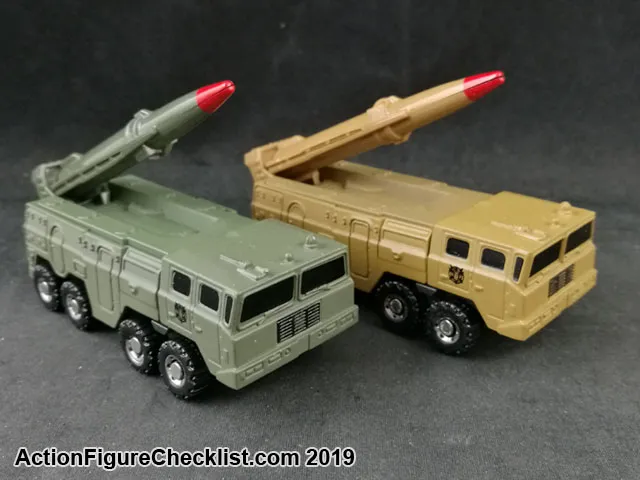
Display your diecast missiles in a way that showcases their details and protects them from damage. Consider using display cases, shelves, or shadow boxes to protect models from dust and accidental damage. Ensure that the display area is away from direct sunlight, which can fade paint and damage the materials. When storing your models, choose a cool, dry environment. Avoid humid areas and fluctuations in temperature, which can cause corrosion or other damage. Use acid-free tissue paper or soft cloths to wrap and protect each model, especially when storing them for an extended time. Proper display and storage ensure that your models remain in good condition and are easily accessible for viewing and admiration.
Cleaning and Maintenance
Regular cleaning and maintenance are vital for preserving the appearance and value of your models. Dust your diecast missiles regularly using a soft brush or microfiber cloth to prevent dust buildup. For more thorough cleaning, gently wipe the models with a soft, damp cloth, but avoid excessive moisture. Be cautious when cleaning detailed areas and small parts. Avoid the use of harsh chemicals or abrasive cleaners, as they can damage the paint and other materials. Check your models for any signs of damage, such as loose parts or paint chips. Address any issues promptly, using appropriate adhesives or restoration techniques. Proper cleaning and maintenance will keep your models in pristine condition, enhancing their visual appeal and value.
Showcasing Your Collection
Showcasing your diecast missile collection is a gratifying way to share your passion and connect with other enthusiasts. There are several ways to display your models effectively, making them appealing and accessible. Consider using a variety of display techniques, such as arranging models chronologically, thematically, or by country. Incorporate lighting to highlight the details and enhance visual appeal. Display stands and bases will elevate the models, and they can add a sense of drama to your display. Join online forums or local collector groups to showcase your collection to a broader audience and learn from others. Sharing your collection will not only enhance your enjoyment of the hobby but also create a sense of community among collectors.
Photography Tips
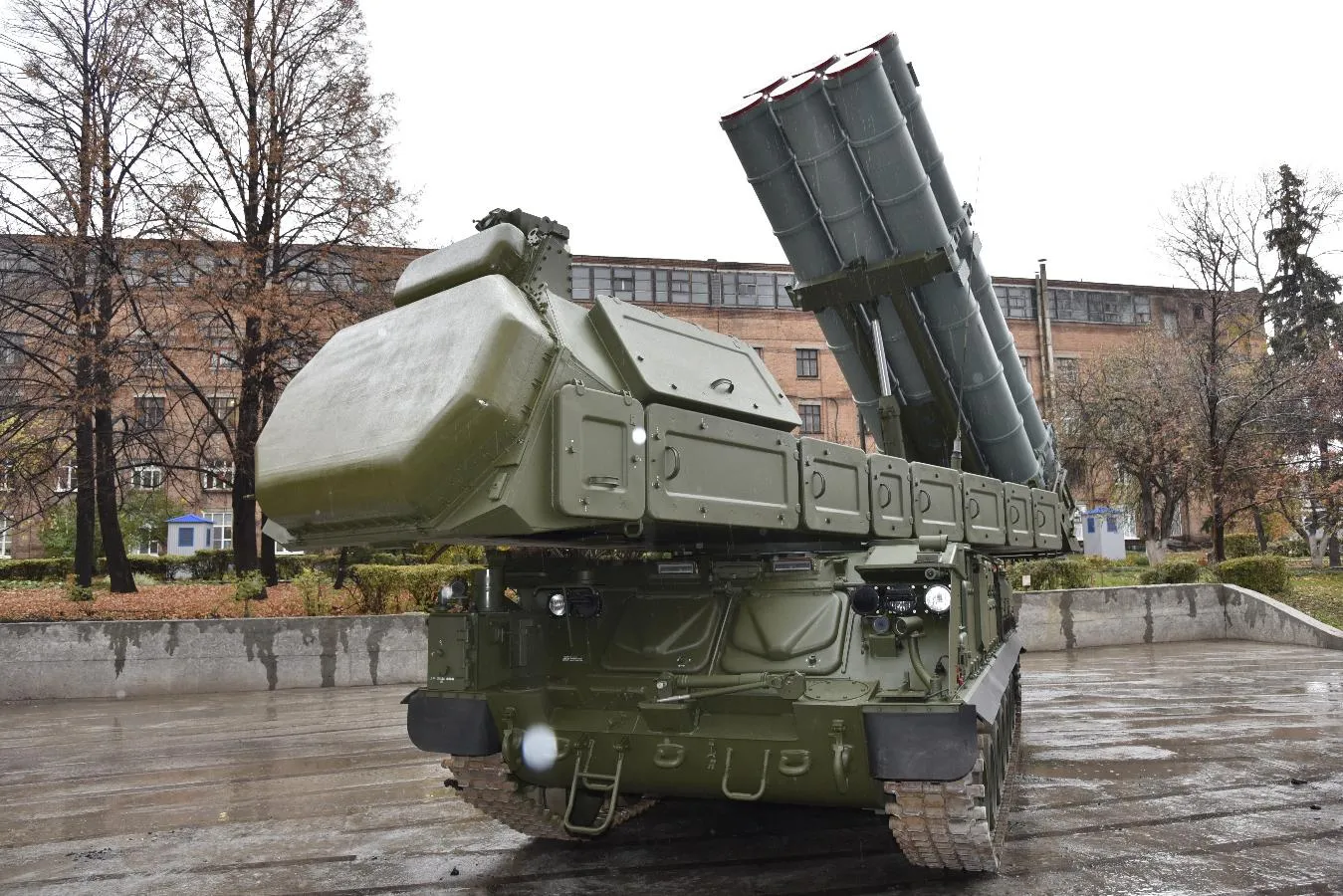
Take photos of your collection to document it and share it with others. Good photographs can showcase the details and beauty of your models, whether for personal enjoyment or sharing online. Use natural light or soft artificial lighting to avoid harsh shadows. Ensure that your background is clean and uncluttered to keep the focus on the models. Experiment with different angles and compositions to highlight the model’s details. Consider using a macro lens to capture close-up shots. Learn how to edit photos to correct colors and adjust brightness and contrast, enhancing the final result. High-quality photographs allow you to showcase your collection and attract interest from fellow collectors. Good photography is essential for documentation, sharing, and preserving your collection for future reference and appreciation.
Creating a Display
Creating a display involves designing and arranging the models to maximize visual appeal. Begin with a clean and organized display area, whether it’s a display case, shelf, or dedicated room. Arrange models thematically, chronologically, or by country, depending on your preference and the types of models in your collection. Use display stands or bases to elevate the models and create visual interest. Add lighting to highlight the details and enhance the appearance. Incorporate background elements, such as maps or historical photos, to provide context. Regularly dust and maintain the display area, and rotate the models to keep the display fresh. Creating a well-designed display will not only showcase your collection, but it will also make your hobby more rewarding and enjoyable. The key to creating an appealing display is planning, attention to detail, and a personal touch to reflect your collecting interests.
